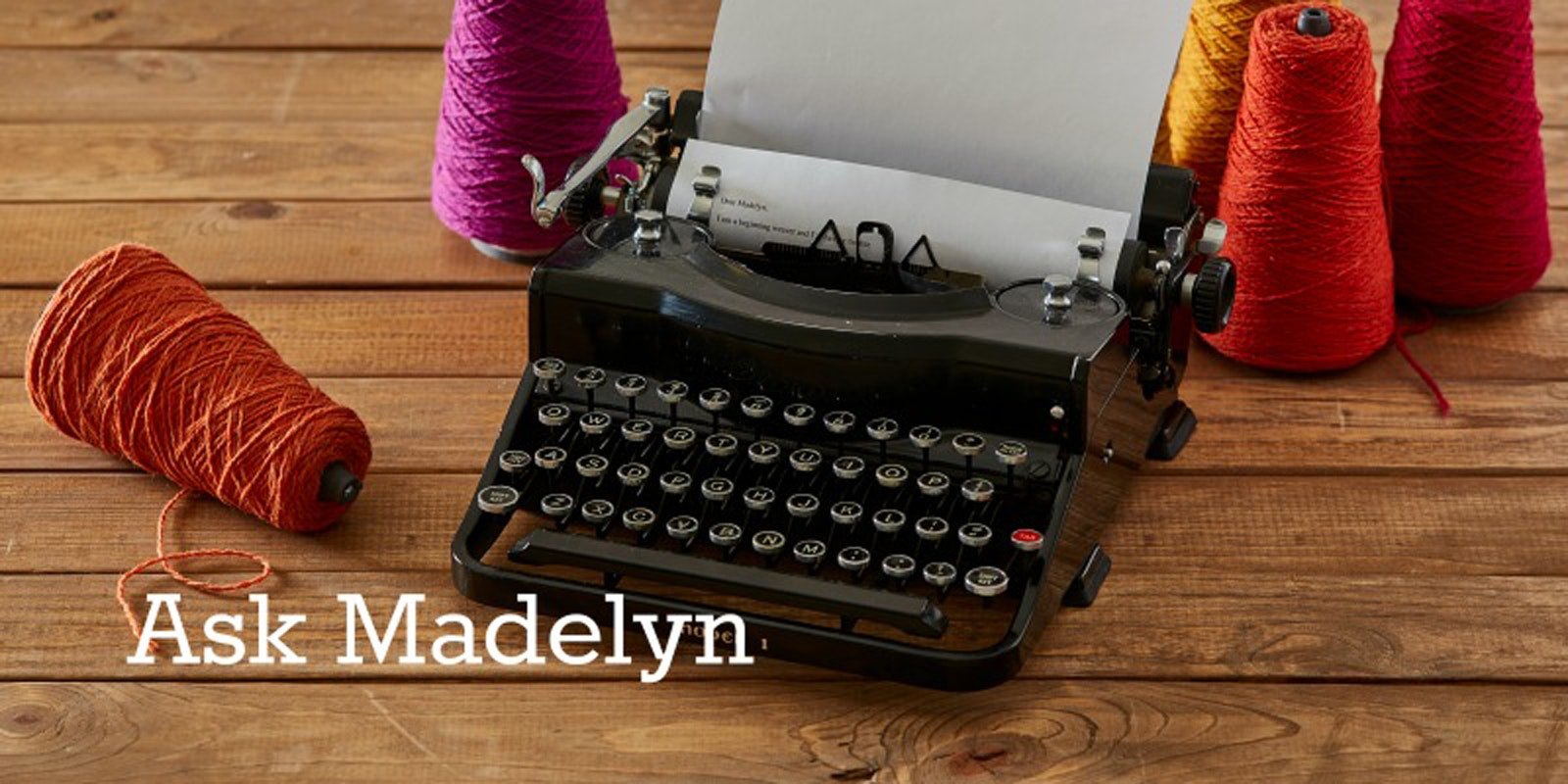Hello Madelyn, _ I've knit and crocheted for years, but I am a neophyte when it comes to weaving. I keep finding terms that are used, but not defined. What exactly is fulling fabric, how do we do it, and how does it affect the outcome of our weaving projects? I don't want to miss out on anything, nor leave out something critical. I love my new loom, and I love weaving!_ Thank you, —Debbie Gonzales
Hi Debbie!
There is a distinction in the textile world between fulling and felting. That is, strictly speaking, felting is a process you do with fibers, not with woven cloth. Fulling is the word we use to cover what happens to fibers in a woven cloth when it is wet-finished. Fulling therefore covers a wide range of effects and is considered fulling even when the finished cloth has the texture most of us would identify as felt.
In general, washing a cloth (or immersing it in water) qualifies as a "fulling" process. How long it is in the water, what the water temperature is, how much agitation is used--all of these choices affect the degree of fulling and therefore vary based on the yarns you are using and what you want the final result to be. Some fibers don't full (change, swell) much, others do a lot (most wools). Usually, instructions for a particular project in Handwoven will tell you the finishing method to use. One of the best arguments for weaving samples before planning a project is so that you can wet-finish the sample to test a design idea with specific yarns and thereby avoid ruining a large woven piece.
Thanks for writing,


